Buy LL-37 Peptide Nasal Spray from Peptide Works. Supplied in 15 ml and 30 ml glass spray bottles, this non-invasive spray delivers a smooth and efficient way to achieve consistent application.
PROMO!
First order? Get 10% OFF with this code: 1storder
Our Product Categories

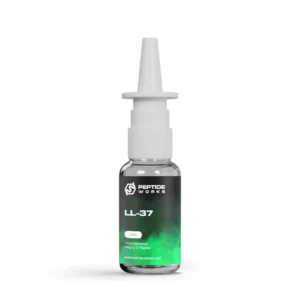
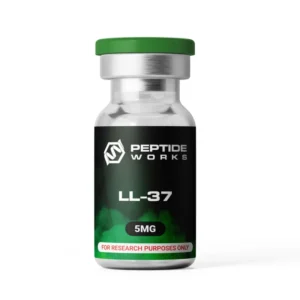
LL-37 is a human antimicrobial peptide (AMP) from the cathelicidin family and is the only known cathelicidin in humans. It comes from the precursor protein hCAP-18, which is mostly found in neutrophils, epithelial cells, and other immune cells. LL-37 plays a key role in the body’s innate immune system.
Structurally, LL-37 is a cationic, amphipathic peptide composed of 37 amino acids, starting with two leucine residues (hence the name LL-37). Its amphipathic nature allows it to interact with and disrupt microbial membranes, making it a potent antimicrobial agent.
Peptide Sequence (IUPAC Condensed): H-Leu-Leu-Gly-Asp-Phe-Phe-Arg-Lys-Ser-Lys-Glu-Lys-Ile-Gly-Lys-Glu-Phe-Lys-Arg-Ile-Val-Gln-Arg-Ile-Lys-Asp-Phe-Leu-Arg-Asn-Leu-Val-Pro-Arg-Thr-Glu-Ser-OH
Molecular Formula: C205H340N60O53
Molecular Weight: 4493 g/mol
Synonyms: hCAP18 (human cationic antimicrobial protein 18), Ropocamptide, and Cathelicidin LL-37
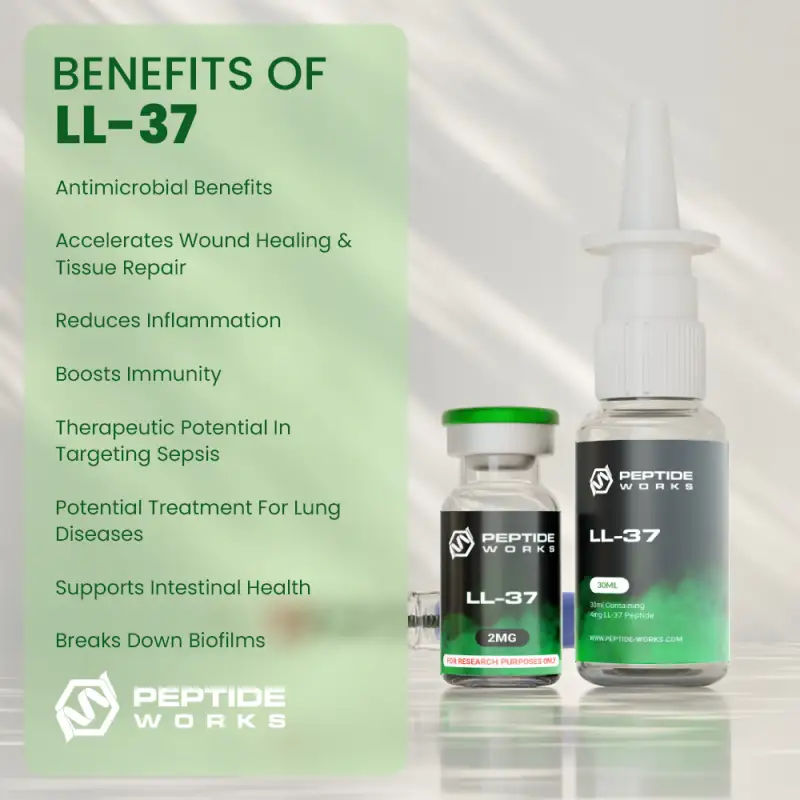
LL-37 is a versatile peptide with antimicrobial, immune-regulating, and healing properties. It fights bacteria, fungi, and viruses by binding to their membranes, breaking them apart, and causing apoptosis (cell death). It also supports the immune system by attracting immune cells to infection sites and balancing inflammation.
Additionally, the peptide promotes wound healing by encouraging new blood vessel growth and clearing dead cells, creating an ideal environment for tissue repair. LL-37 can break down biofilms (protective layers made by bacteria) and stop viruses from getting into cells. Because of this, LL-37 is a promising area of research for treating infections, chronic wounds, and inflammatory diseases.
Antimicrobial Properties: Research has demonstrated that LL-37 exhibits broad-spectrum antibacterial and anti-biofilm activity against gram-positive and gram-negative bacteria, including Staphylococcus aureus [1]. Studies have shown that it disrupts bacterial membranes, inhibits biofilm formation, and destroys mature biofilms, such as those on titanium alloy surfaces [2].
LL-37 also modulates immunity by neutralizing bacterial endotoxins and promoting immune cell chemotaxis [3]. Despite its potent antimicrobial properties, challenges like proteolytic degradation and cytotoxicity limit its clinical use, prompting research into optimized derivatives and delivery systems.
Immune System Support: Research has shown that LL-37 plays a dual role in immune regulation, promoting both pro- and anti-inflammatory responses depending on the tissue and microenvironment [4].
Studies suggest it enhances innate immunity by neutralizing pathogens, stimulating immune cell chemotaxis, and forming immunostimulatory complexes with nucleic acids. However, these complexes can also contribute to autoimmune disorders like psoriasis [5].
LL-37’s immunomodulatory effects extend to cancer, where it exhibits both antitumor and carcinogenic potential, highlighting its complex role in immune system regulation [6].
Anti-Inflammatory Effects: Studies have shown that LL-37 exhibits significant anti-inflammatory effects by reducing pro-inflammatory cytokines like IL-6, IL-8, and TNF-α. It achieves this by enhancing mitochondrial biogenesis and maintaining mitochondrial homeostasis, dependent on mTOR signaling [7].
Research has also shown that it modulates immune responses, balancing inflammation in different tissues and microenvironments. While it can promote inflammation in some contexts, its ability to attenuate inflammatory damage highlights its therapeutic potential for managing chronic inflammation and related diseases, including skin and autoimmune disorders [4].
Tissue Healing and Repair: Research has shown that LL-37 promotes tissue repair by enhancing wound healing and protecting against infections. A study on modified LL-37 with a collagen-binding domain (cCBD) demonstrated improved retention on collagen-based wound dressings, increasing structural stability and antimicrobial activity [8].
In venous leg ulcer studies, the peptide significantly accelerated healing rates, reducing ulcer size by up to 68% at optimal doses. These findings highlight LL-37’s potential as a safe and effective therapeutic for chronic wound management and tissue repair [9].
Chronic Illness Management: LL-37 is important for managing chronic illnesses. Studies have shown that it helps control immune responses and fight infections. For example, in COPD, lower levels of LL-37 in the blood are linked to more frequent flare-ups and weaker lung function.
Studies show that LL-37’s antimicrobial and immunomodulatory properties help reduce respiratory infections, which often cause COPD exacerbations. Because LL-37 can either boost or calm inflammation depending on the situation, it could be a target for treating chronic diseases involving inflammation [10].
Septic Cardiomyopathy Relief: Research has shown that LL-37 alleviates septic cardiomyopathy by reducing cardiomyocyte apoptosis and mitigating cardiac ischemia/reperfusion (I/R) injury. It activates protective pathways like Akt and ERK1/2, leading to phosphorylation and nuclear export of FoxO3a, which reduces cell death.
Studies have shown that lower LL-37 levels are linked to worse outcomes in myocardial infarction patients. By regulating inflammation, atherosclerosis, and cardiac hypertrophy, LL-37 shows promise as a therapeutic target for septic cardiomyopathy and other heart diseases.
Buy LL-37 Pre-Mixed Peptide Pen from Peptide Works. The 5 mg cartridge is offered on its own or as part of a full kit that comes with a reusable pen, needle tips, and a compact carry case designed for ease and precision.
[1] K E Ridyard and J Overhage (2021) The Potential of Human Peptide LL-37 as an Antimicrobial and Anti-Biofilm Agent – Biomed Research International, 2020 May 16, Volume 2020, 8349712.
[2] J Wei, X Cao, J Qian, et al (2021) Evaluation of antimicrobial peptide LL-37 for treatment of Staphylococcus aureus biofilm on titanium plate – Medicine (Baltimore), 2021 Nov 5, Volume 100 (Issue 44), Page e27426.
[3] D Svensson and B-O Nilsson (2025) Human antimicrobial/host defense peptide LL-37 may prevent the spread of a local infection through multiple mechanisms: an update – Inflammation Research, 2025 Feb 11, Volume 74 (Issue 1), Page 36.
[4] B Yang, D Good, T Mosaiab, et al (2020) Significance of LL-37 on Immunomodulation and Disease Outcome – Biomed Research International, 2020 May 16, 2020, Page 8349712.
[5] C Zielke, J E Nielsen, J S Lin, et al (2024) Between good and evil: Complexation of the human cathelicidin LL-37 with nucleic acids – Biophysical Journal, Volume 123, Issue 11, 4 June 2024, Pages 1316-1328.
[6] A K Keshri, S S Rawat, A Chaudhary, et al (2025) LL-37, the master antimicrobial peptide, its multifaceted role from combating infections to cancer immunity – International Journal of Antimicrobial Agents, Volume 65, Issue 1, January 2025, 107398.
[7] W Sun, Y Zheng, Z Lu, et al (2014) LL-37 attenuates inflammatory impairment via mTOR signaling-dependent mitochondrial protection – The International Journal of Biochemistry & Cell Biology, Volume 54, September 2014, Pages 26-35.
[8] Z Wei, M W Rolle, and T A Camesano (2023) Characterization of LL37 Binding to Collagen through Peptide Modification with a Collagen-Binding Domain – ACS Omega 2023, Volume 8 (Issue 38), Pages 35370–35381.
[9] A Grönberg, M Mahlapuu, M Ståhle, et al (2014) Treatment with LL-37 is safe and effective in enhancing healing of hard-to-heal venous leg ulcers: a randomized, placebo-controlled clinical trial – Wound Repair & Regeneration, 2014 Sep-Oct, Volume 22 (Issue 5), Pages 613-21.
[10] Y-M Yang, Y-F Guo, H-S Zhang, and T-Y Sun (2015) Antimicrobial peptide LL-37 circulating levels in chronic obstructive pulmonary disease patients with high risk of frequent exacerbations – Journal of Thoracic Disease, 2015 Apr, Volume 7 (Issue 4), Pages 740-5.
[11] Y Bei, L-L Pan, Q Zhou, C Zhao, et al (2019) Cathelicidin-related antimicrobial peptide protects against myocardial ischemia/reperfusion injury – BMC Medicine, 2019 Feb 20, Volume 17 (Issue 1), Page 42.
[12] S Miao, H Liu, Q Yang, et al (2024) Cathelicidin peptide LL-37: A multifunctional peptide involved in heart disease – Pharmacological Research, Volume 210, December 2024, 107529.
The answers to the most frequently asked questions about LL-37.
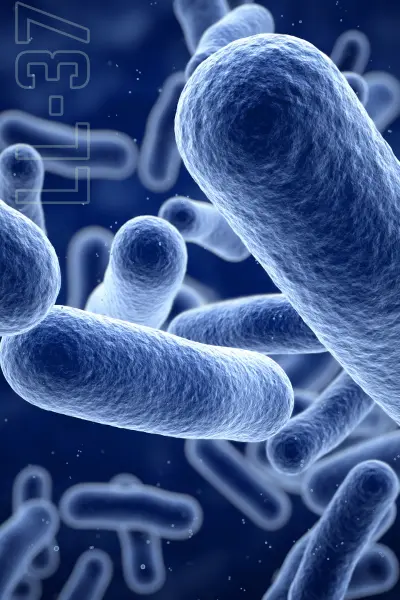
Buy LL-37 Peptide Nasal Spray from Peptide Works. Supplied in 15 ml and 30 ml glass spray bottles, this non-invasive spray delivers a smooth and efficient way to achieve consistent application.
LL-37 helps the skin fight harmful microbes and supports faster wound repair. It promotes new skin cell growth and helps close cuts by guiding immune cells to the damaged area. Studies show LL-37 plays a key role in healing and maintaining skin balance. Researchers are exploring how it may aid acne, eczema, and other skin problems.
LL-37 fights infection by killing bacteria and breaking down biofilms that protect them. In animal studies, it improved healing in infected wounds and reduced lung inflammation caused by bacteria. LL-37 also helped balance immune response, making it harder for microbes to survive and cause long-lasting infections.
LL-37 affects how cancer cells grow and spread. In lab and animal studies, it slowed tumor growth in some cancers like colon and bone, while in others it promoted cell growth. LL-37 influences cell signaling, blood vessel formation, and immune response. Researchers are studying how to use it safely for anti-cancer treatments.
In the United States, LL-37 can be legally purchased for laboratory and research use. It is not approved by the U.S. Food and Drug Administration (FDA) for medical or therapeutic use. Regulations can vary between countries some allow research use more freely, while others have additional restrictions. Always check local guidelines before buying LL-37.
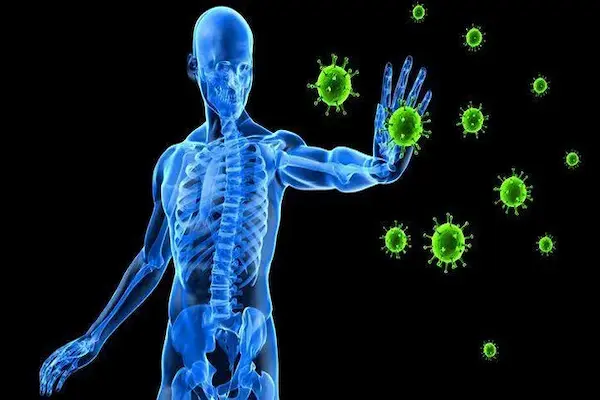
This blog explores the important role of the LL-37 peptide in fighting infections. It looks at its dual function disrupting pathogens directly and signaling immune cells to respond. The article also discusses Thymosin Alpha-1 and its complementary part in adaptive immunity, showing how these peptides work together to strengthen infection control and advance immune defense research.
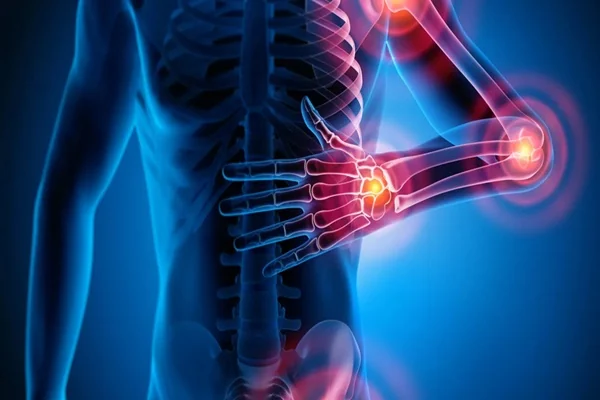
This blog explores LL-37, a groundbreaking peptide that combats bacteria, reduces inflammation, and accelerates tissue repair. It highlights LL-37's unique dual-action mechanism, compares it to other peptides like KPV and TB500 and delves into its role in biofilm disruption, scar prevention and rapid healing.
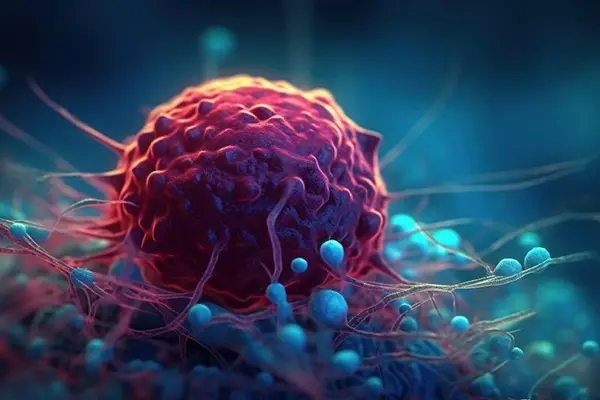
This blog explores anti cancer peptides and their remarkable ability to target and destroy cancer cells. It highlights peptides such as PNC-27 and LL-37, explaining their mechanisms from damaging cell membranes to modulating immune responses and their potential to help overcome drug resistance. Learn how these powerful peptides are shaping the future of cancer research.
ALL CONTENT AND PRODUCT INFORMATION AVAILABLE ON THIS WEBSITE IS FOR EDUCATIONAL PURPOSES ONLY.
DISCLAIMER: These products are intended solely as a research chemical only. This classification allows for their use only for research development and laboratory studies. The information available on our Peptide Works website: https://peptide-works.com/ is provided for educational purposes only. These products are not for human or animal use or consumption in any manner. Handling of these products should be limited to suitably qualified professionals. They are not to be classified as a drug, food, cosmetic, or medicinal product and must not be mislabelled or used as such.